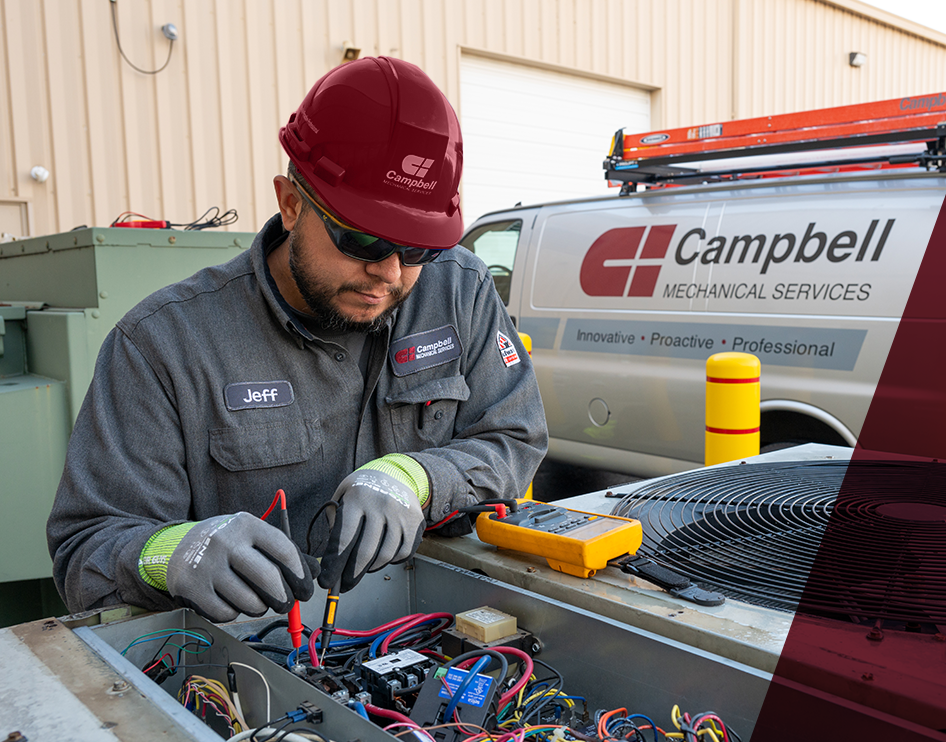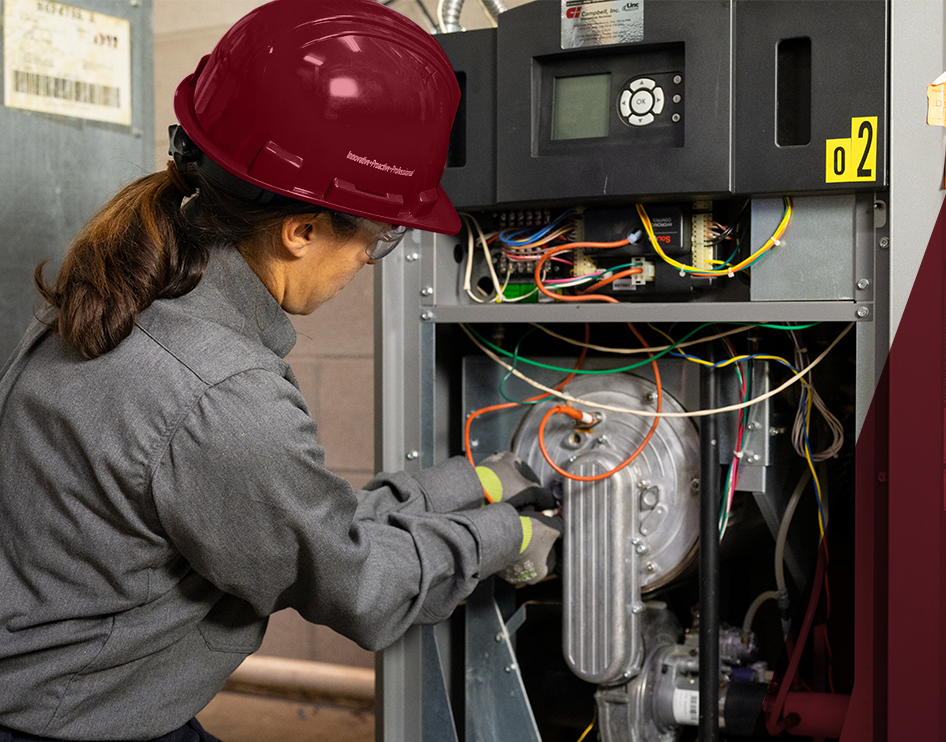
Transitioning Your HVAC to A2L Refrigerants
The switch to alternative refrigerants like A2L is underway as HCFCs like R-22 are phased out.
The U.S. Environmental Protection Agency (EPA) is phasing down the availability of hydrofluorocarbons (HFCs) and moving manufacturers to use refrigerants with lower global warming potential (GWP), like A2Ls. Beginning in 2024, the production of HFCs will be cut by 40% as part of the transition to A2Ls in the manufacturing of new HVAC equipment.
Why the Change to A2L Refrigerants?
Because A2L refrigerants have a lower Global Warming Potential (GWP) they are the emerging replacement for R410-A refrigerant in HVAC systems. Additionally, A2L refrigerants provide favorable performance and operating efficiencies, compared to the refrigerants they replace. A2L refrigerants have a lower flammability rating and less toxicity, and are considered to be the second safest refrigerant category as defined by ASHRAE classifications. It’s important to note that R-410A was developed as an alternative to R-22, which is being phased out internationally due to environmental concerns along with other HFCs. Common A2L refrigerants, as alternative refrigerants, include HFOs (hydrofluoroolefins) and HFO blends.
What Are A2L Refrigerants?
A2L is a classification of refrigerant. “A” refrigerants have lower toxicity than “B” refrigerants. “2L” are more flammable than “1” but less than “2.”

We solve commercial HVAC and plumbing problems that others can’t. Whether it’s complex system challenges, outdated infrastructure, or urgent repair needs. Our expert team also helps you stay ahead with energy-efficient solutions that reduce operating costs and improve long-term performance.

Can A2L Refrigerants Be Used to Retrofit?
EQUIPMENT CURRENTLY USING R-410A OR R-22? No. In fact, it should be clear that A2L refrigerants should only be used in systems specifically designed to use refrigerants of their type and characteristics, and that all appropriate equipment manufacturer guidelines for refrigerant use in equipment, as well as applicable standards and regulations, should be followed.
Will Equipment Using A2L Be More Efficient?
Equipment designed to take advantage of A2L refrigerants can increase system efficiency and help facilities control energy costs and meet future efficiency mandates.
Do We Need to Talk About These Changes Now?
Yes. Major manufacturers are already changing equipment, and the marketplace will continue to respond to regulations and mandated targets. Planning for changes now, including new safety procedures for handling A2L refrigerants, will be vital to best practices in compliance, sustainability, and cost-efficiency for your facilities.
Make Preventative Maintenance a Part of Your A2L Planning
Building owners and facility managers can maintain existing refrigerant systems and plan to replace equipment to fit their business strategy in the future. Meanwhile, the Campbell preventive maintenance team can evaluate system life expectancy and advise you on current refrigerant mandates, supply, and market expectations. Maintaining your HVAC system and changing to A2L refrigerants as needed will be important as lower GWP thresholds can be expected going forward.
More Answers on A2L Refrigerants
Contact Campbell to help you with this phaseout


As a leading provider of commercial mechanical contractor services, we know preventative maintenance saves money and time.
